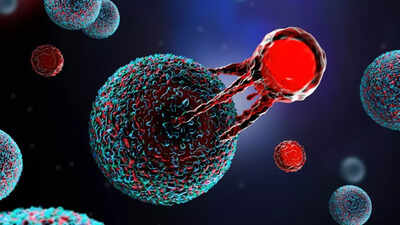
There’s often a flood of advice floating around when it comes to preventing cancer. From miracle foods to expensive detoxes, the list never ends. But when it comes to real prevention, based on truth, not trends, the answer lies in a few small steps. Cancer doesn't develop overnight. It slowly builds over the years through a mix of genetics, lifestyle choices, and environmental factors. And while it's true that not all types of cancer are preventable, taking the right actions today can significantly reduce the risk.
Here are three of the most important things that can be done, starting now, to stay one step ahead of cancer.
Knowing the family history
The fact: Many believe that cancer strikes randomly.
The truth: Genetics can play a powerful role in increasing the risk of certain cancers.
Understanding the family’s medical history isn’t just a formality, it’s a potential lifesaver. Studies show that inherited genetic mutations are responsible for about 5 to 10% of all cancers. Breast, ovarian, prostate, and colorectal cancers are some of the common types linked with hereditary risk.
Knowing if close relatives had cancer, especially at a young age, can help in getting earlier screenings, genetic counselling, and even preventive care if necessary. It's not about living in fear—it's about being informed and prepared.

Catching it before it grows
The fact: Screenings are often seen as unnecessary unless symptoms appear.
The truth: Early detection is one of the most effective tools to fight cancer.
Many types of cancer, like cervical, colorectal, and breast cancer, can be detected early through simple screening tests. When caught early, treatment is not only more effective, but recovery chances are also higher. The World Health Organisation (WHO) has continuously stressed the importance of timely screenings as a key strategy to reduce cancer-related deaths.
Annual check-ups, blood tests, mammograms, or colonoscopies (based on age and risk profile) should never be put off. These tests may seem minor, but they carry the potential to save lives.
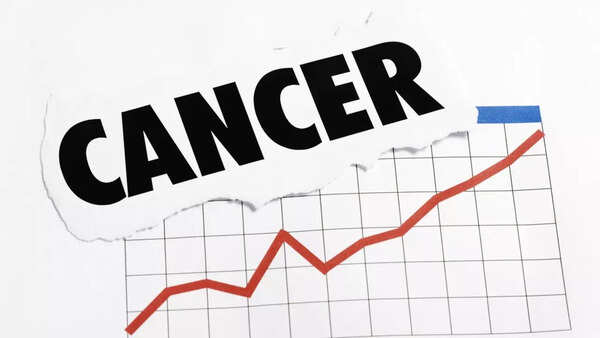
Cutting down on tobacco and alcohol
The fact: Occasional smoking or drinking doesn’t seem harmful.
The truth: Even small amounts can increase the risk of multiple cancers.
Tobacco use remains the leading cause of cancer worldwide, responsible for roughly 25% of cancer deaths, according to the WHO. It’s not just lung cancer—tobacco is linked with cancers of the mouth, throat, pancreas, kidney, and even bladder.
Alcohol, too, isn’t harmless. Regular alcohol consumption, even in moderate amounts, increases the risk of cancers such as breast, liver, colorectal, and oesophagus. Combining alcohol and tobacco makes things even worse, multiplying the cancer risk.
Reducing or completely stopping tobacco and alcohol is one of the most direct and effective ways to protect long-term health.
Plants for pink: 3 ways to reduce risk of breast cancer
Why these three actions matter the most
There’s a lot of noise when it comes to
cancer prevention
, but these three steps—knowing genetic risk, getting screened regularly, and eliminating harmful substances—have a real, proven impact. They are practical, doable, and most importantly, backed by scientific data.

 1 month ago
91
1 month ago
91




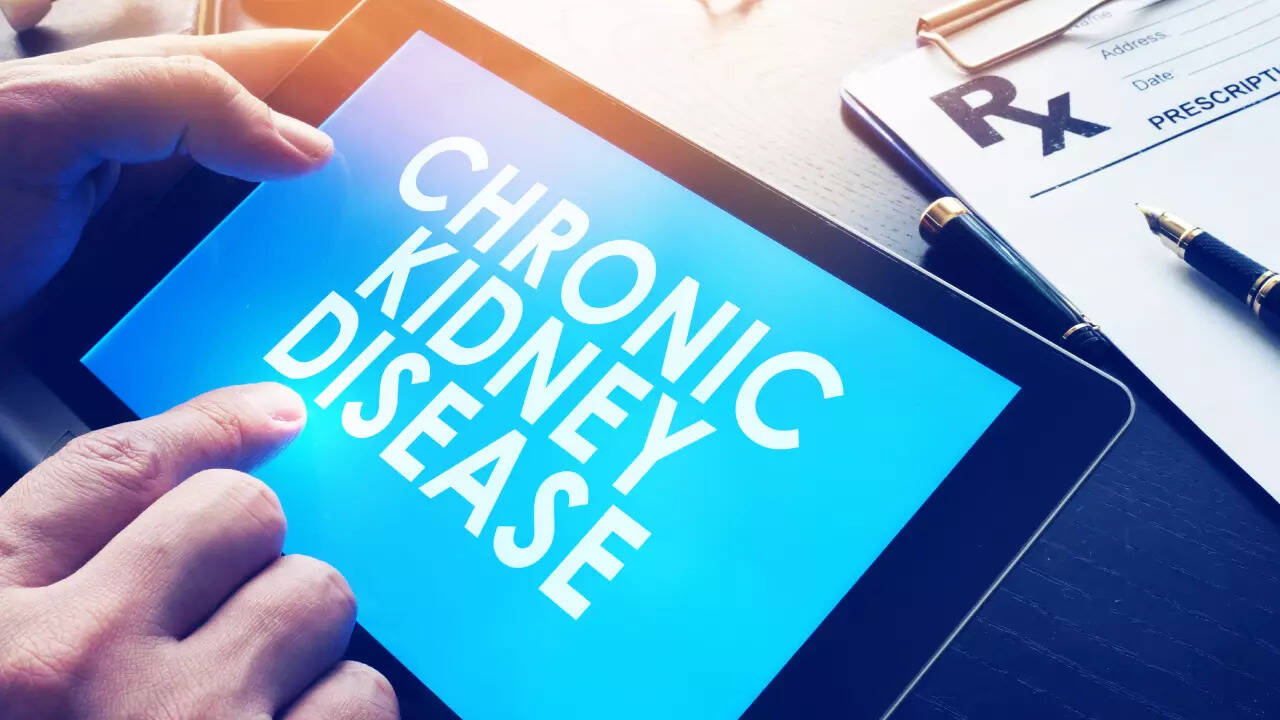


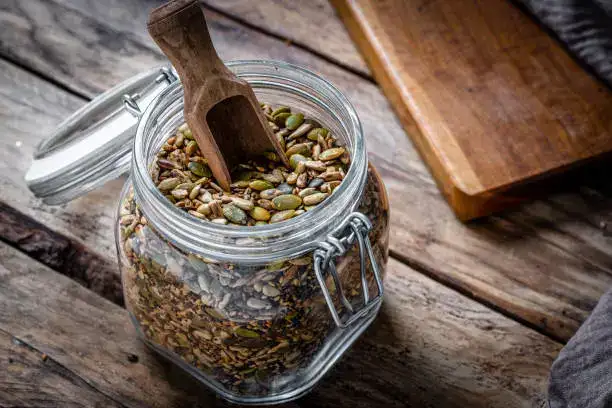




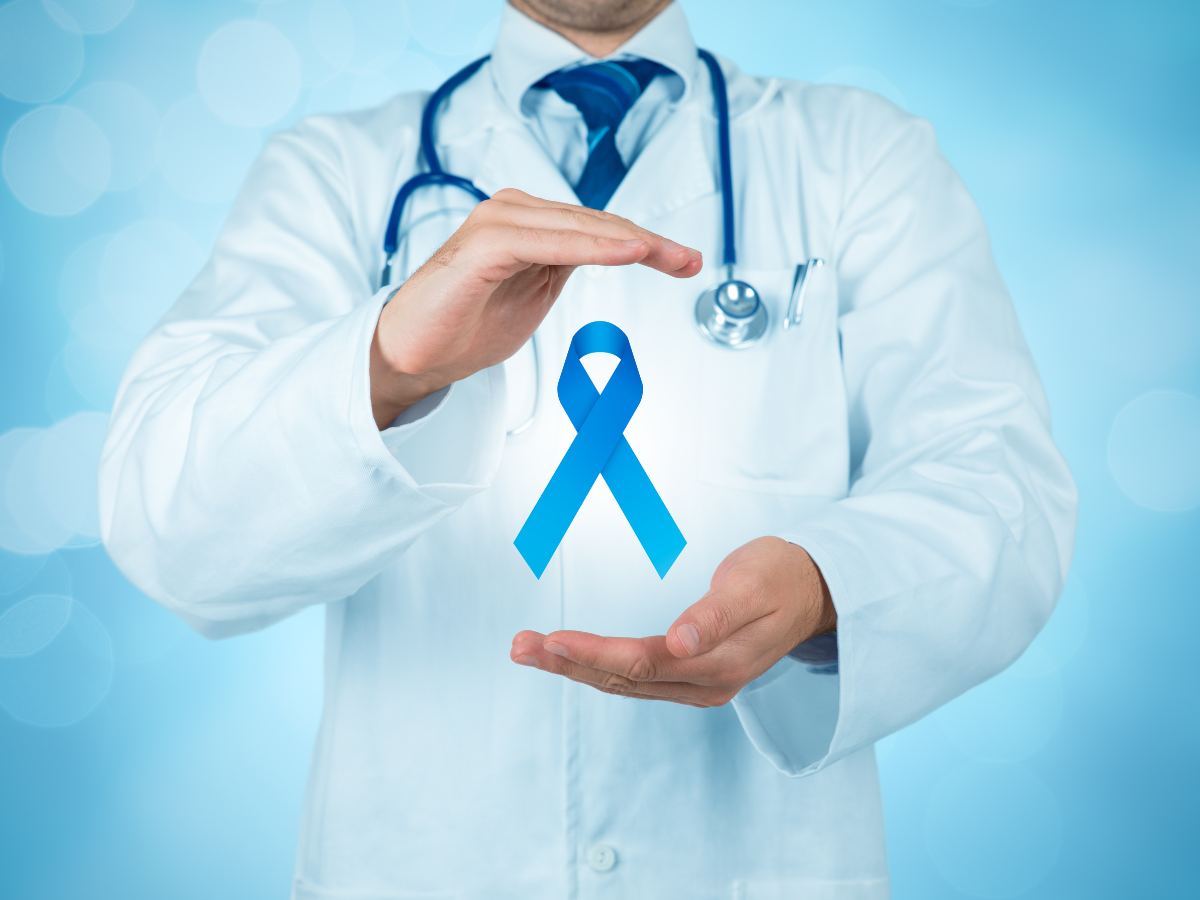















 English (US)
English (US)